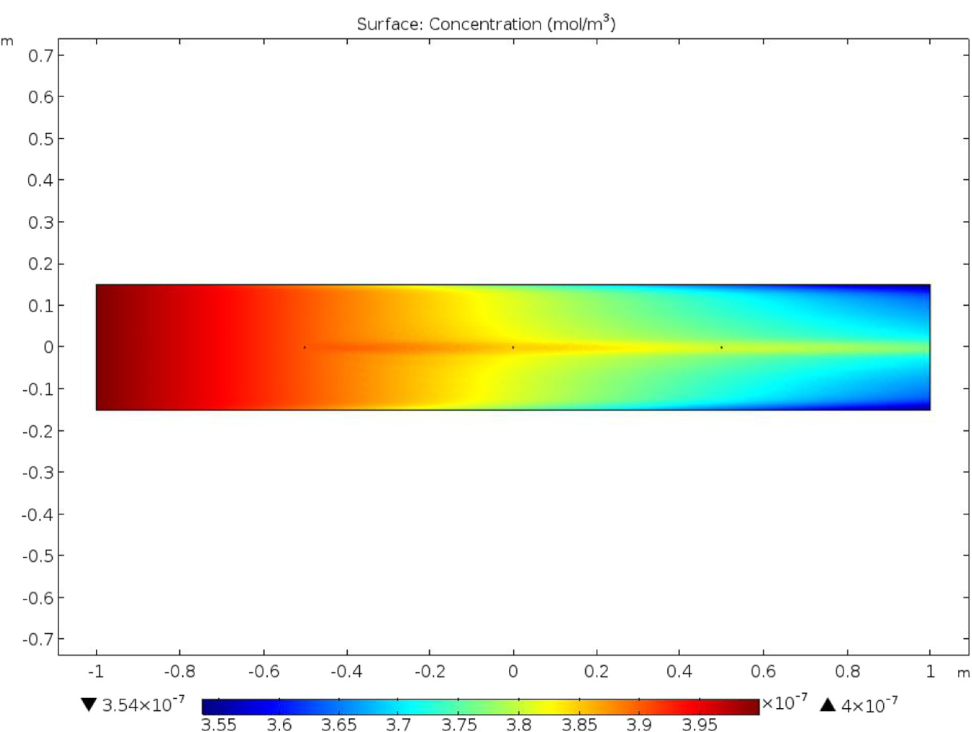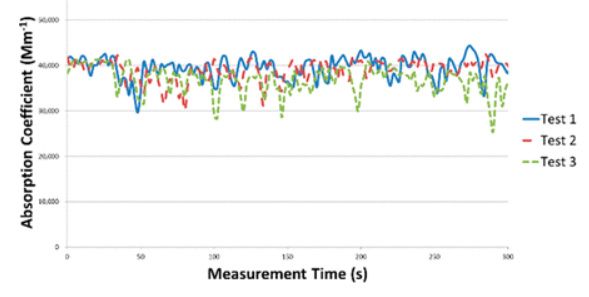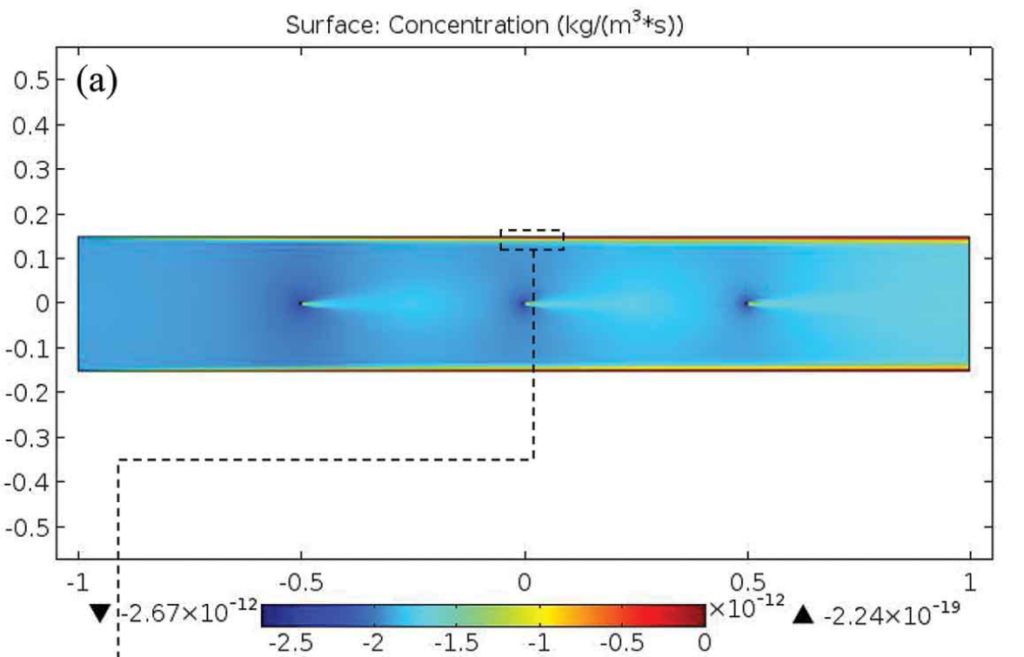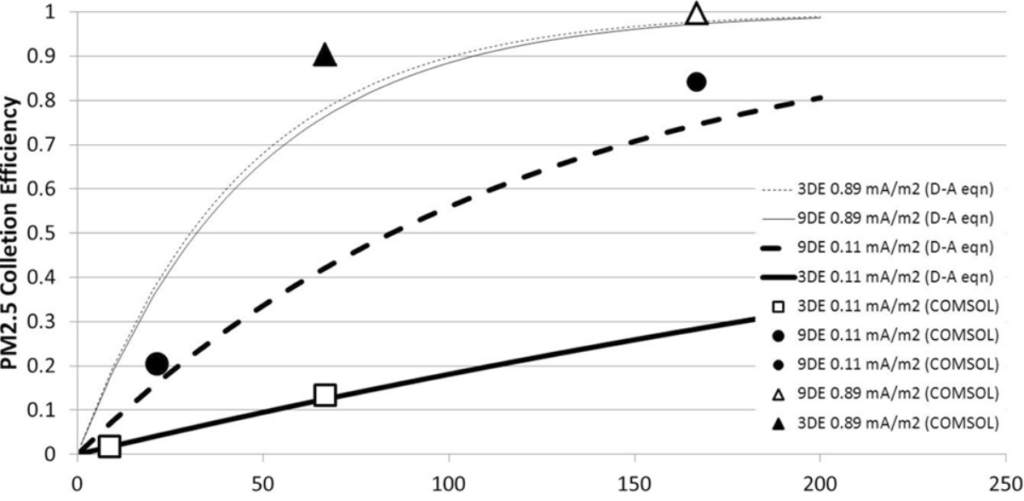The following selected publications are related to Dr. Clack’s work here at the University of Michigan:
Xia, T., Kleinheksel, A., Lee, E. M., Qiao, Z., Wigginton, K. R., & Clack, H. L. (2019). Inactivation of airborne viruses using a packed bed non-thermal plasma reactor. Journal of Physics D: Applied Physics, 52(25), 255201. doi:10.1088/1361-6463/ab1466
Clack, H. L. (2018). Lower order representations of evolving particle size distributions for rapid gas-particle mass transfer simulations during electrostatic precipitation. Fuel Processing Technology, 178, 71-77.
Xia, T., A. Kleinheksel, K.R. Wigginton, and H.L. Clack (2018). Suspending Viruses in an Airstream Using a Consumer-grade Ultrasonic Humidifier
Xia, T. and H.L. Clack (2017). Optical Property Measurements of Mixed Coal Fly Ash and Particulate Carbon Aerosols Likely Emitted During Activated Carbon Injection for Mercury Emissions Control, Energy & Fuels.
Clack, H. L. (2017). “Inhibition and Promotion of Trace Pollutant Adsorption within Electrostatic Precipitators.” Journal of the Air & Waste Management Association
Clack, H.L. (2017). “Numerical Simulation of Simultaneous Electrostatic Precipitation and Trace Gas Adsorption: Electro-hydrodynamic Effects.” Frontiers in Energy Research, 5.3. doi: 10.3389/fenrg.2017.00003
Lee, E.M., & H.L. Clack (2016). “Powder Resistivity Inferred Differential Collection of Heterogeneous Coal Fly Ash and Powered Activated Carbon Admixtures within a Cylindrical Electrostatic Precipitator.” Emiss. Control Sci. Technol, 2.1, 33-43.
Clack, H. L. (2015). Simultaneous Removal of Particulate Matter and Gas-Phase Pollutants within Electrostatic Precipitators: Coupled In-Flight and Wall-Bounded Adsorption. Aerosol and Air Quality Research, 15(6S), 2445-2455.
Clack, H.L. (2014). “Particulate Carbon Emissions from Electrostatic Precipitators Used for Mercury Emissions Control : Operational Factors and Implications.” Air Quality, Atmosphere & Health 7 (2), pp. 155-163.
Additional Publications:
Clack, H.L. “Opportunities for Post-Combustion Control of Mercury Emissions from Coal Combustion.” In: Mercury in Coal and its Energo-Chemical Processing Products (translated from the Polish), J. Golas and A. Strugala, eds., 2013.
Prabhu, V., T. Kim, Y. Khakpour, S. Serre, and H.L. Clack (2012). “On the Electrostatic Precipitation of Fly Ash-Powdered Mercury Sorbent Mixtures.” Fuel Processing Technology 93, pp. 8-12.
Ammigan, K., R.M. Miller, and H.L. Clack (2011). “Vaporization of Multicomponent Droplets Exposed to Radiant Heating.” Combustion Science &Technology 183, 1412-1432.







